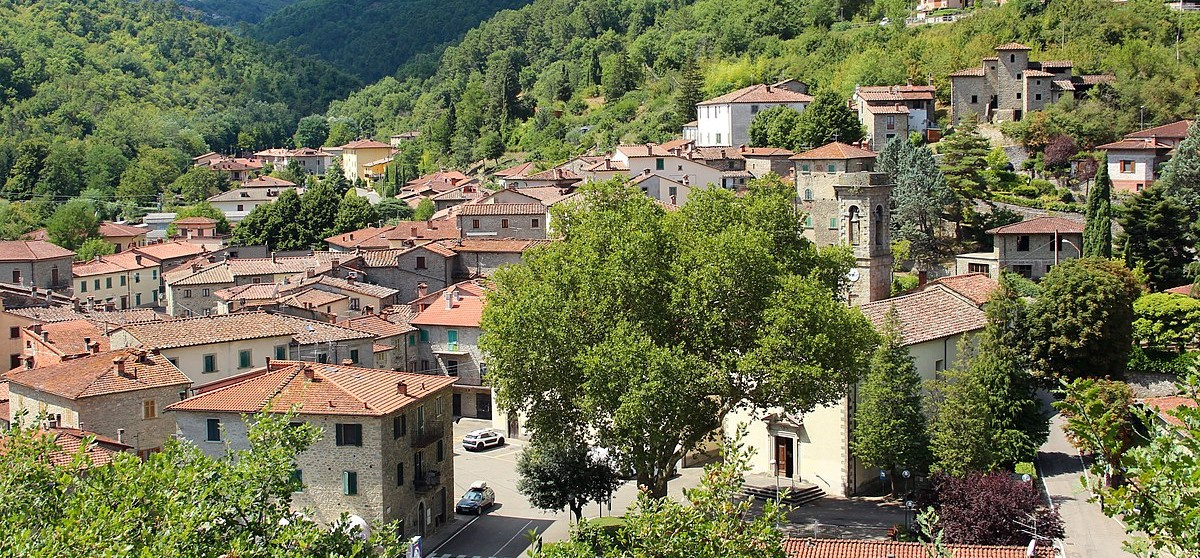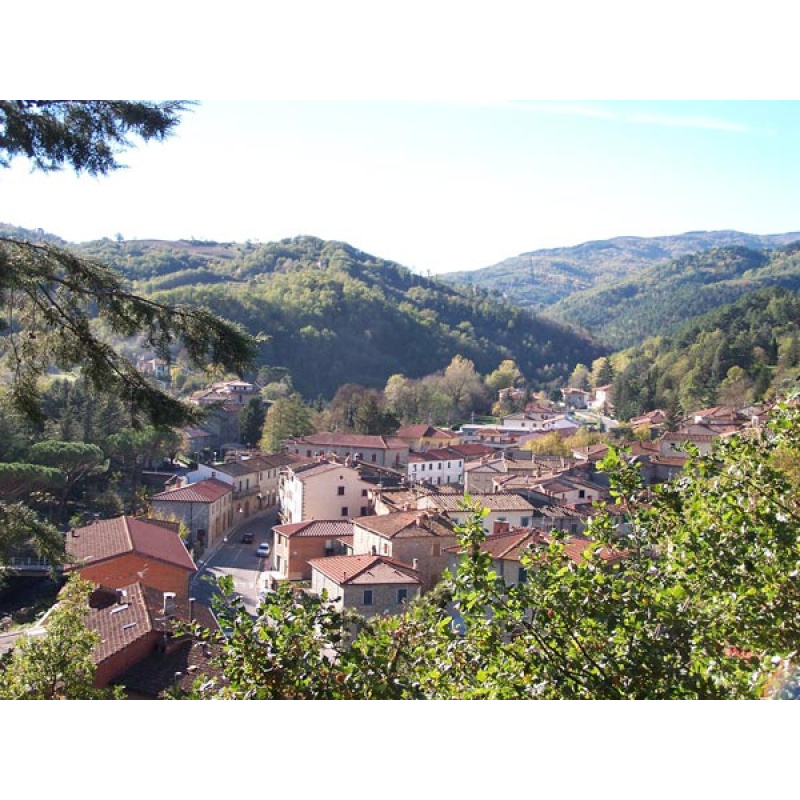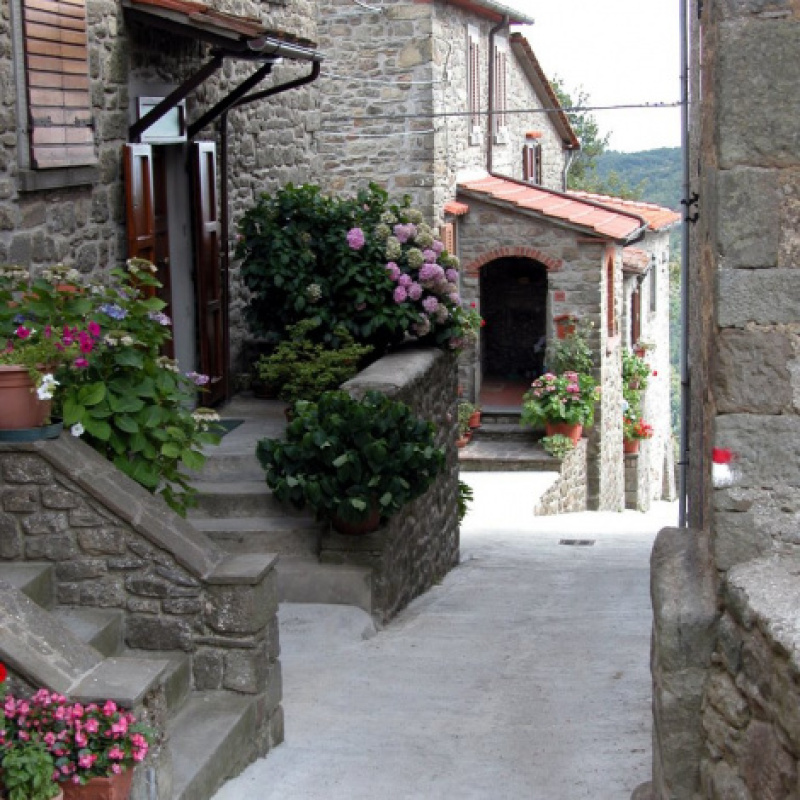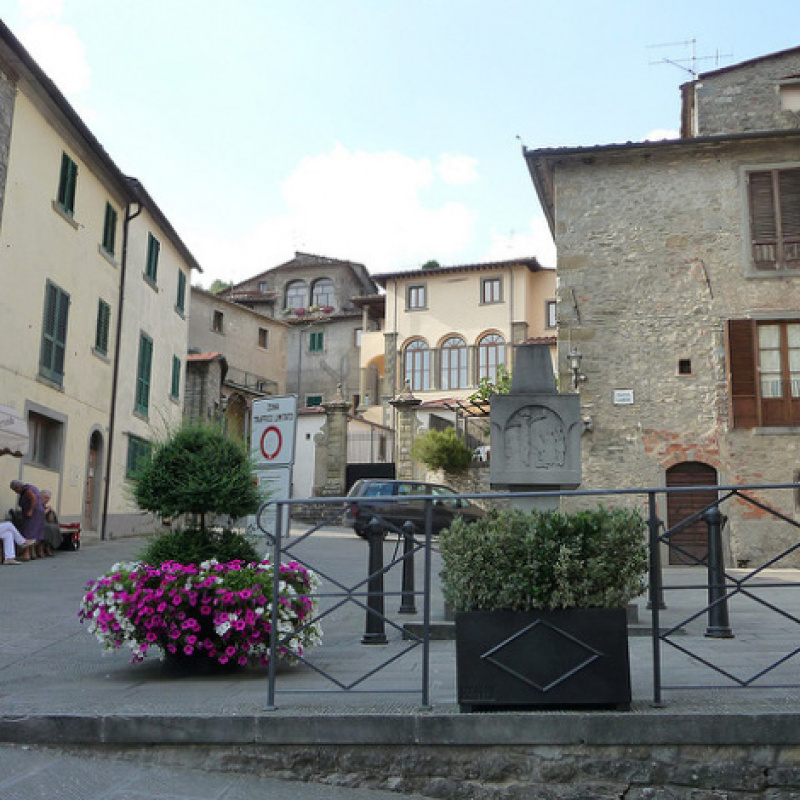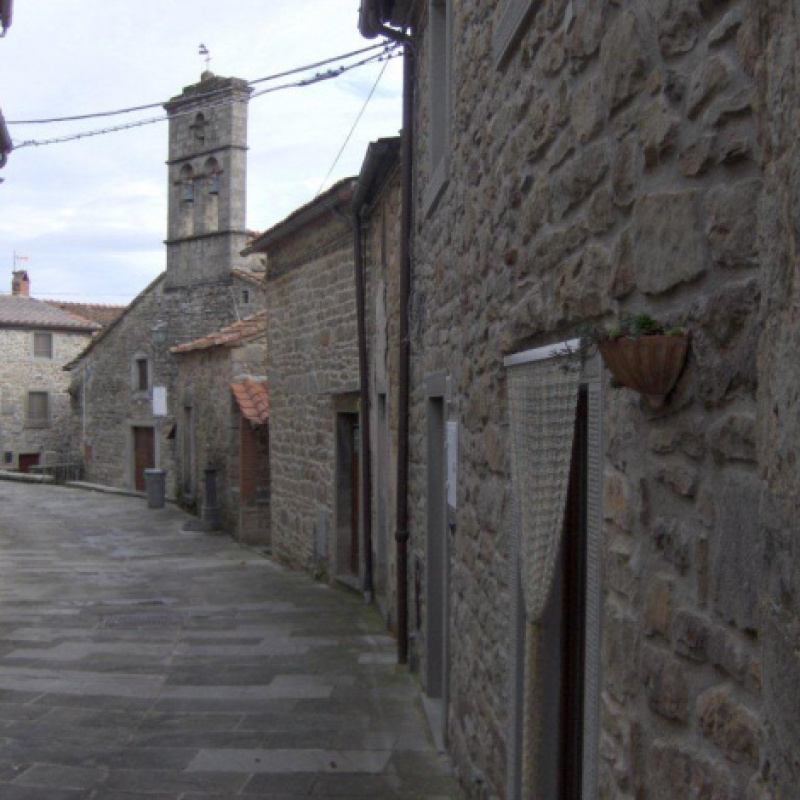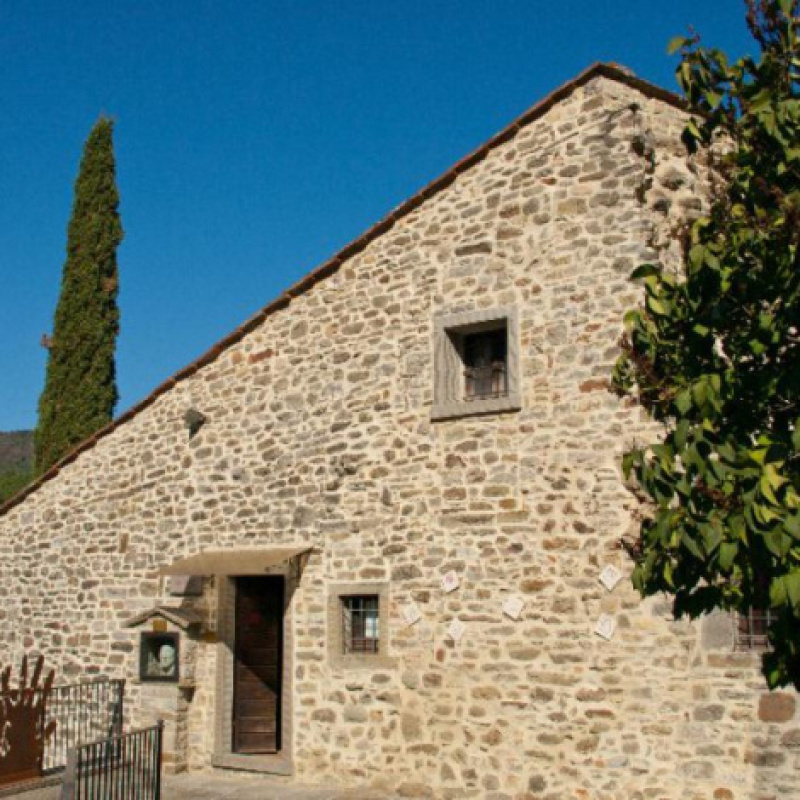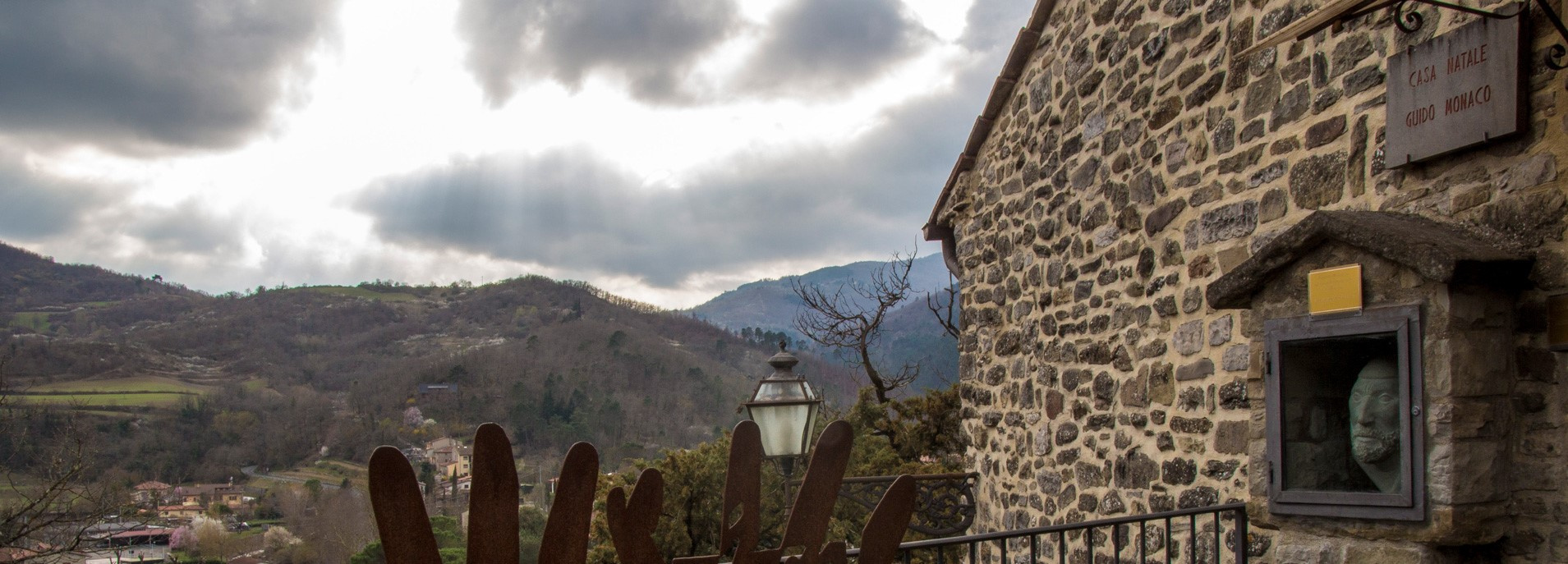TALLA
Antico borgo di origini etrusche incastonato tra boschi di castagne e faggi Il territorio di Talla si estende nella zona più interna del Pratomagno. Caratteristico è il borgo più antico, medievale, denominato "la Castellaccia" con una chiesetta e casette poste una accanto all'altra. Poco distante dal borgo, con una passeggiata tra boschi di castagne e di faggi si possono ancora ammirare le rovine di quella che fu una delle più antiche abbazie benedettine costruite lungo la via dei pellegrini, la Badia di Santa Trinita in Alpe. Seguendo la tradizione orale del luogo Guido Monaco, riformatore della notazione musicale, sarebbe nato in questo borgo. Qui si può visitare il Museo a lui dedicato, il Museo della Musica "Guido d'Arezzo". I piccoli paesi come Pontenano, Faltona sono un'oasi di tranquillità e di pace ed offrono numerose possibilità di escursioni soprattutto nel periodo estivo. Un appuntamento enogastronomico è la sagra del cacio e dei baccelli a Talla nei primi giorni di maggio.
Categoria: Luoghi / Place To Visit
Talla English version
The village of Talla has Etruscan origins
The first settlements date back to at least the 4th century BC, but the council is also rich in more recent artistic testimonies, such as the church of St. Nicholas, Piazza Landi and the Abbey of St. Trinity. Rising from the ancient Abaversa road that links the area with Pratomagno, the medieval village of Talla is mentioned in documents that date back to 1057.
At that time, there was a “castrum”, on the place where the Lavanzone ditch met the Capraia stream. The castle belonged to Ugo del Grifo, who presumably belongs to the Ardinghi family of Catenaia. The act attesting to the existence of the building is an agreement between Ugo and his son Ardingo, drawn up “in castro Talla”.
That of Ugo del Grifo is a minor family name, compared to the growing feudal families who would soon begin to monopolise the Arezzo area. In 1249, Talla Castle was in fact purchased by the Ubertini family from Chitignano, who dominated it for almost a century, to then leave it to the Tarlati. This next noble family, who came into possession of Talla in 1314 also ensured themselves dominion of Arezzo, via the civic diocese, supported by the warrior bishop Guido Tarlati. The Ubertini family came back into possession upon his death in 1327.
Mid-century, with Arezzo kneeling to the super power of Guelph Florence, Talla’s fate seemed set. In fact, in 1384 the Florence Republic conquered all of the rural parts of the Arezzo area. Talla’s stronghold and territory ended up converging with the boundaries of the podesta jurisdiction of Castel Focognano, then part of the Grand Duchy of Tuscany. The “comunitas” of Talla saw its autonomy and current area recognised in 1809. Entering the Kingdom of Italy in 1860, Talla is included in the long list of Tuscan councils damaged in the Second World War, in particular due to a great fire in 1944.
